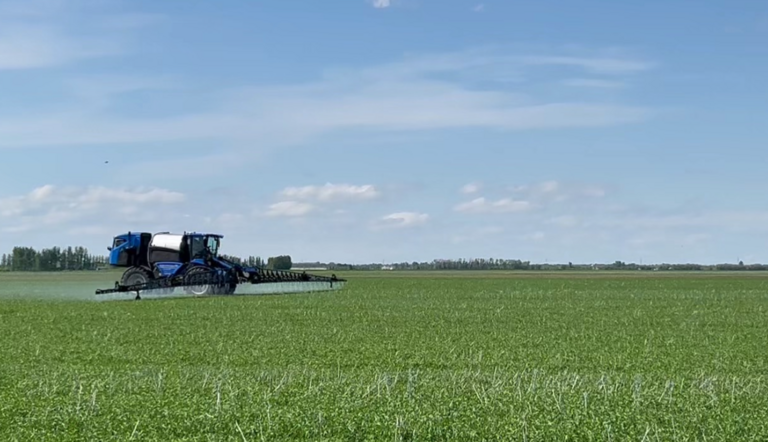
Understanding Rainfast Period
By: Drew Thompson, TSA Eastern Canada

Spray season is underway, including the challenges of rainfall events. As such, knowing the rainfastness (generally defined as the rain free period required after application to ensure efficacy) of the products you are working with is crucial. This information can be found on product labels, and ADAMA has a rainfast chart that lists our products and rainfast recommendations1.
Some products, particularly fungicides and insecticides, have the rainfast statement of “avoid application when heavy rain is in the forecast”. This statement has led some to reach out for further clarity; what does this mean in terms of application in the field?
Products with the above rainfast statement tend to be ones that have a high affinity to the cuticle (binds to the vegetative surface) or have the ability to rapidly enter the intended target. Both mechanism results in the active ingredient being quickly ‘in place’. However, when a spray droplet is still present, the active ingredient within can be washed away by heavy rainfall.
How long it takes for the spray droplet to no longer be at risk of washing away (i.e. the droplet dries onto the target) depends on numerous factors; humidity, spray volume, dew, temperature, etc. And heavy vs light rain are events that will cause water to run off the target (heavy) vs those that won’t (light).
This can create a ‘game time decision’ situation, but ultimately the goal is to ensure enough time passes between application and a heavy rain event so that the spray droplets are no longer at risk of being washed off the target.
ADAMA’s Rainfast Chart: 1 Rainfast Chart | ADAMA East Canada
***always read and follow the label***